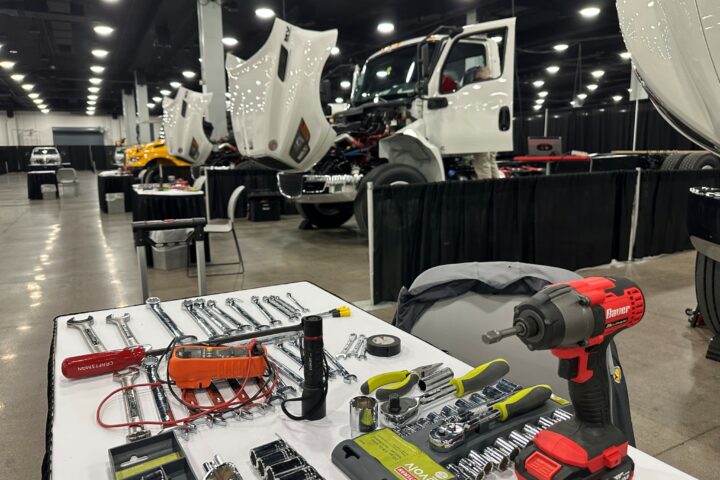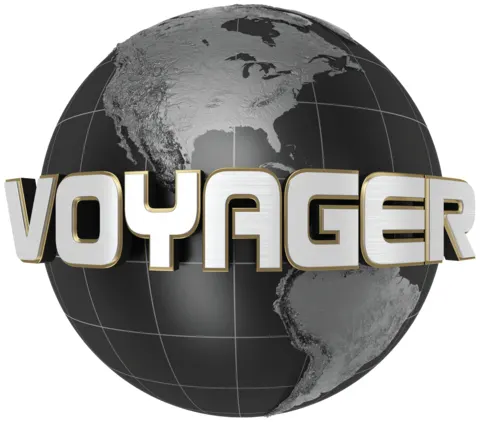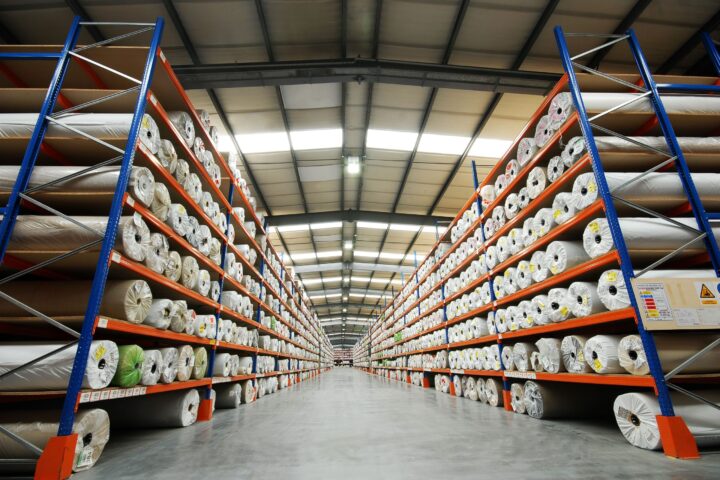It takes just one hour for a seasoned safety professional to identify a risky fleet. The signs are clear: Poor driver management, unclear safety policies, ineffective training, and high turnover.
“I was at a meeting once with some other safety people. I’m pretty modest, and I’m going to say [it will take me] an hour, but some said, ‘Within 10 minutes, I can figure it out. It doesn’t take very long,’” said Steven Bojan, director of transportation safety services at Sentry Insurance, who spoke on the first day of CarriersEdge’s second annual Best Fleets to Drive For conference in Charlotte, N.C.

When talking about fleets with unsafe practices and things insurers look for during risk assessments, he said that hiring practices define a fleet’s safety culture, and the industry often struggles to recruit — and retain –the right people. He quoted a former vice-president of risk management who said that risk management in trucking is 92.5% management, and 7.5% luck.
“We hire our challenges. There is no doubt that. There’s a lot we can do to improve on that over time and hedge our bets. But we hire our challenges, and really, we probably, as an industry, don’t do as good a job as we should in the hiring process,” Bojan said.
Hiring practices
A truck driver who loses a job today could have multiple offers by tomorrow — a sign that some carriers prioritize filling seats over properly vetting candidates, Bojan said.
The pre-hire interview is a crucial first step. He emphasized that it’s not enough for a driver to hold a commercial licence — fleets must assess whether they can communicate effectively (especially those for whom English is not a first language), understand regulations, and demonstrate a working knowledge of industry and fleet’s expectations.
Beyond that, road tests play a vital role in determining a driver’s ability behind the wheel. Many fleets assume that years of experience translates to competency, but Bojan warned it is not always the case.
“The person almost hit a pedestrian as he was leaving the yard. That’s not a good sign, really,” he recalled of one road test of an experienced driver he oversaw.
Reviewing a driver’s history provides crucial insights, too. Fleets need to dig into motor vehicle records, pre-employment screening data, and job history to identify red flags. Bojan said fleets should ask a key question: Would a previous employer rehire this driver? If not, there’s likely a reason.
Policies and real-world enforcement
While fleets should maintain high safety standards, Bojan cautioned against policies that sound good on paper but fail in practice. Unrealistic rules create enforcement gaps that can undermine a fleet’s credibility and, in some cases, increase liability.
A zero-tolerance policy on phone use, for example, may seem like a strong safety measure, but if hands-free communication is essential for operations, such a rule becomes nearly impossible to enforce. A plaintiff attorney reviewing company policies will immediately look for contradictions between written guidelines and actual practices and exploit them, Bojan warned. Instead, he urged fleets to create strict but realistic policies that can be consistently enforced without putting drivers in situations where compliance is impossible.
Safety management, turnover, tech
Accountability starts with hiring and extends to how fleets handle drivers who pose a risk. Bojan shared an example of an owner who set clear standards for safety in his company.
“The best thing I heard — and I could have walked out at that moment and said, ‘This is a great fleet,’ — the owner said, ‘We let that driver go because I couldn’t sleep at night knowing he was behind the wheel of one of my trucks’. That’s all I needed to hear, ‘We’ll deal. We’ll find somebody else. I will not have that person behind the wheel of my truck again.’”

Bojan contrasted this with fleets that allow unsafe drivers to stay on the road. He recalled visiting a recycling company where a driver had rolled over four trucks, yet was still employed. “I said, ‘How did you let somebody roll four trucks? You realize you’ll never make that money back?’” he said, adding that driver accountability and retention go hand-in-hand. “The biggest metric of all? What’s your turnover?” Bojan asked.
Technology is another growing factor in risk assessments, with insurers favoring fleets that invest in telematics and driver monitoring systems. While tools like video recording devices and advanced driver assistance systems (ADAS) can improve safety, Bojan stressed they must be properly used, not relied on as a silver bullet. Forward-facing cameras and AI-driven systems help identify risky driving behaviors, but fleets also have to act on the data, using it for proactive coaching rather than discipline alone.
“Who monitors your ELD? The computer does? The computer does not monitor your ELD,” he said. “Somebody’s gotta go and look and see the violations [that] are listed right there. But you have to look at it, and then you have to educate that driver, and you have to hold them accountable.”
Operational practices that influence risk
Beyond safety data, insurers assess overall operations, looking for strong management. Bojan said fleets that stick to their core expertise tend to manage risk better.
“When I see a fleet of 50 trucks or 100 trucks, and they have flatbeds, they have reefers, they have dry vans…that’s when I get nervous because who knows how to do that?”
Fleet organization is another indicator. “I always look for a nice yard, a clean yard, an organized yard, [with] trailers that are parked in rows, not willy-nilly. It’s huge. It communicates to drivers, it communicates to everybody the professionalism of the organization.”
Compensation and accountability further influence risk. Fair pay and incentives improve retention, while punitive fines drive drivers away. “I am not a fan the minute I hear somebody has a penalty. ‘We fined our drivers $200 for bad roadside or an out-of-service inspection.’ One, you know, there’s some legal issues with that. And two, what does that really do? If somebody took money out of my paycheque, next week I’d be on Indeed [looking for a news job],” Bojan said. “Don’t mess with people’s paycheques. It doesn’t go well.”












